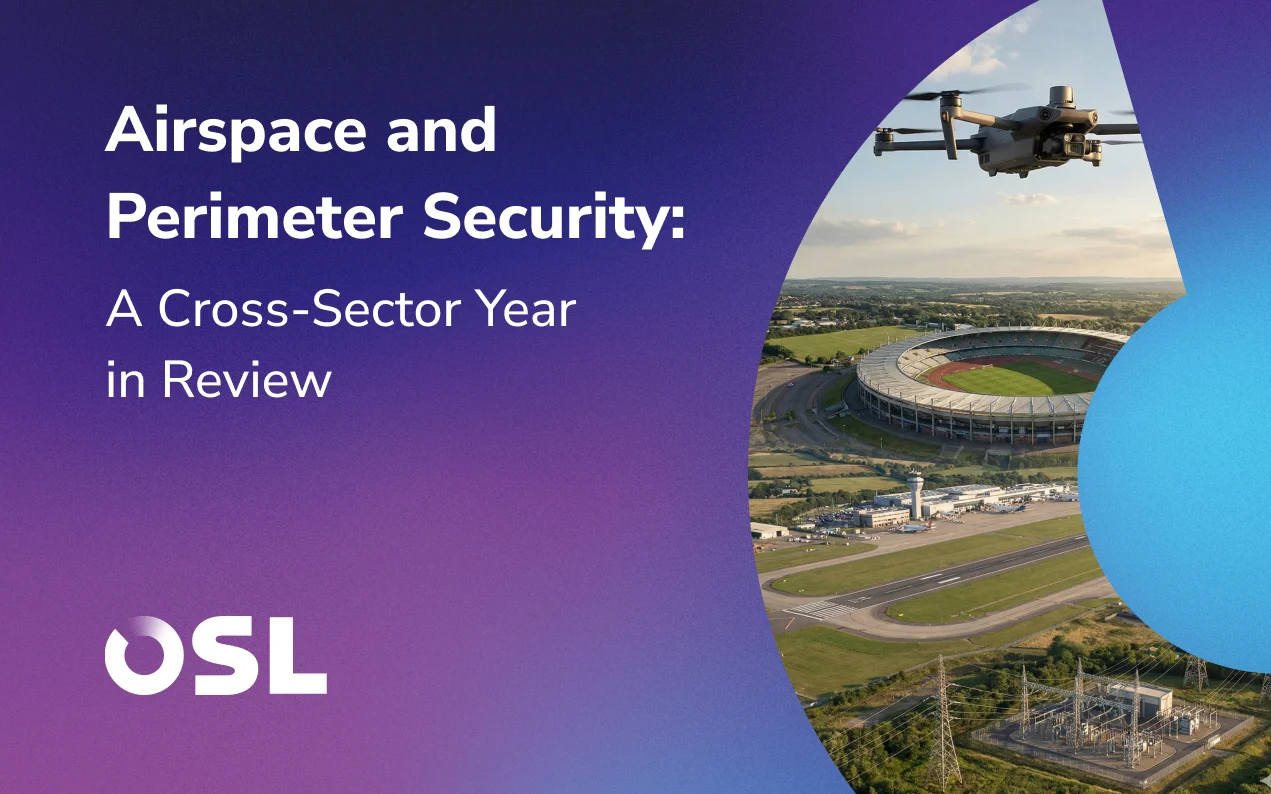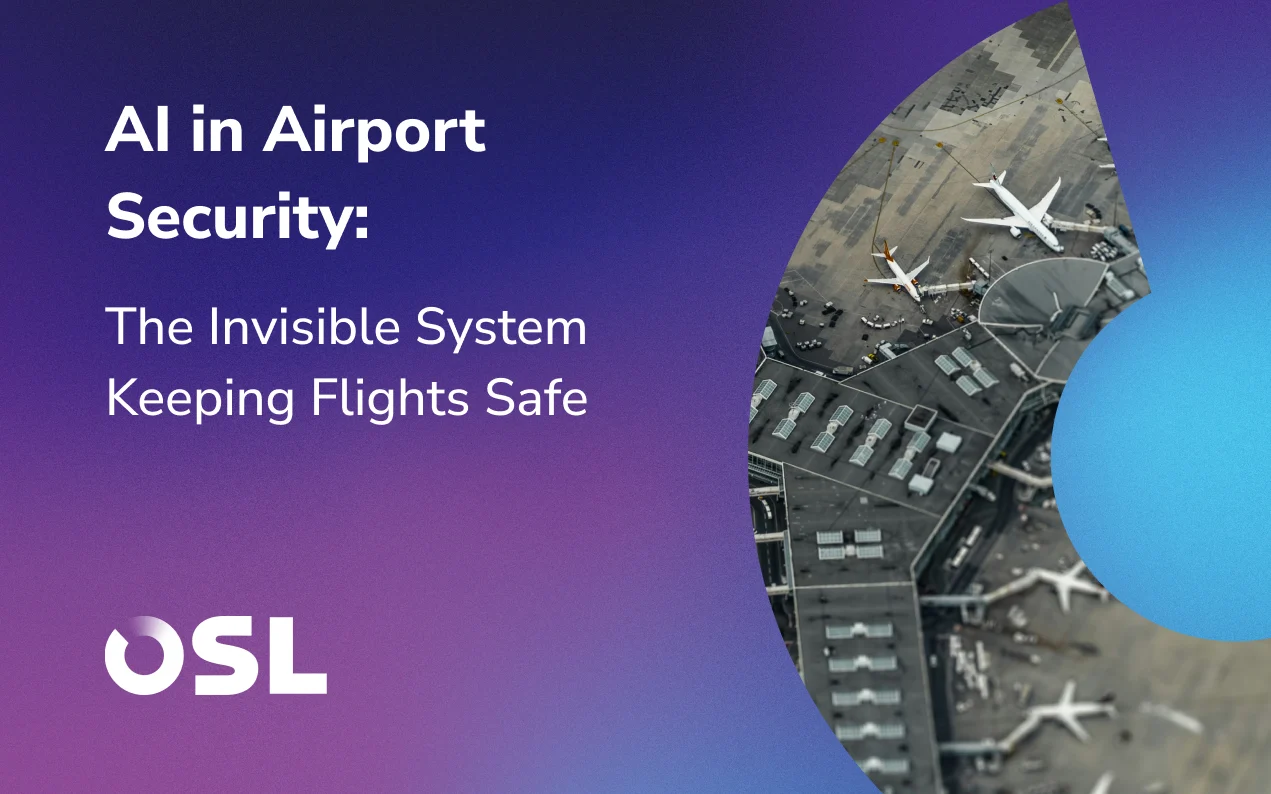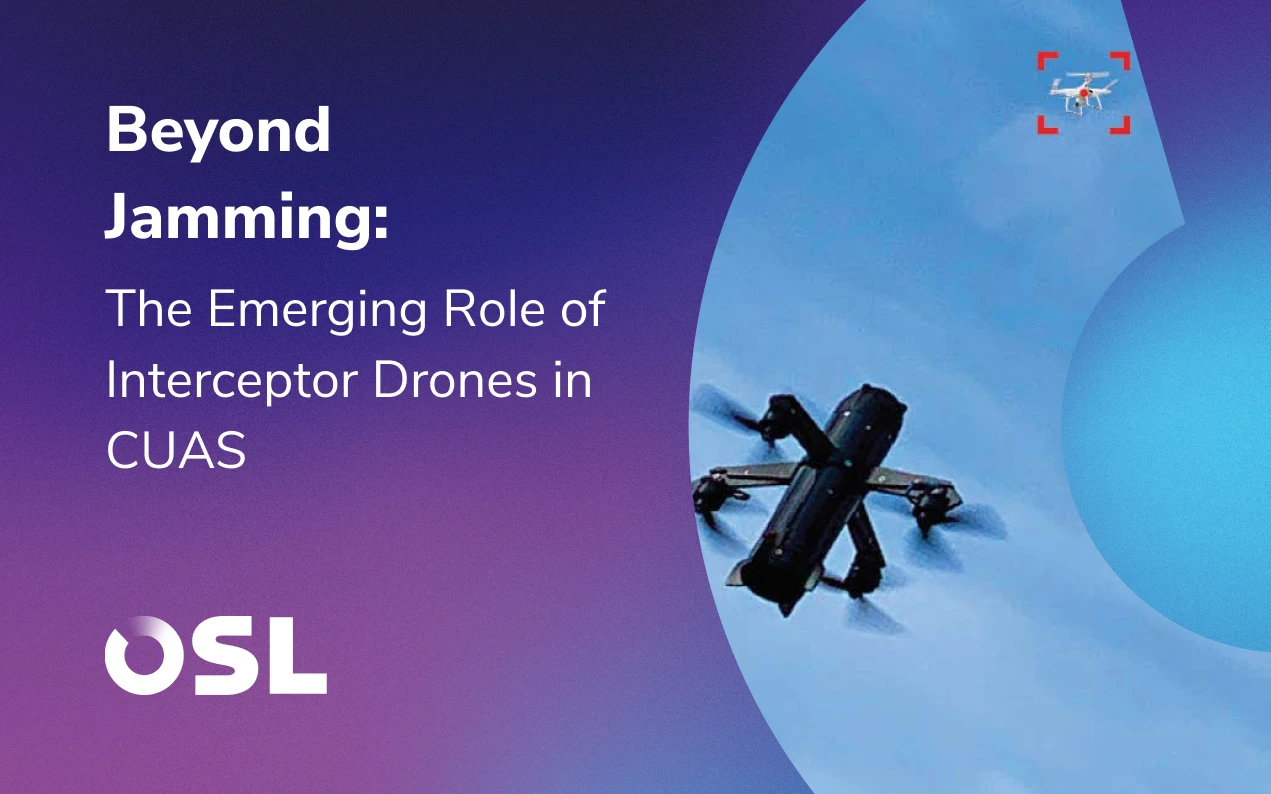What NATO Can Learn from the Drone War in Ukraine


The drone war in Ukraine has accelerated the development of unmanned warfare tactics. From FPV (First-Person View) strikes and DIY swarms to improvised fixed-wing platforms, it now extends beyond traditional state actors. The tactics, once seen as experimental or unusual, are now proven in one of the world's most intense conflicts, and they are evolving faster than most procurement cycles can keep up with.
For NATO-aligned military buyers and advisors, the lesson is clear: the next threat will not look like the last one. Relying only on static detection systems, jamming, or technical specifications instead of real-world performance risks leaving critical sites vulnerable. The drone war in Ukraine shows not just how drones are used but why traditional defences are no longer enough.
This blog examines key lessons from the drone warfare in Ukraine for those responsible for protecting high-value defence infrastructure.
7 Lessons from the Drone War in Ukraine for Modern Defence Strategy
The Russia-Ukraine drone confrontations have established a new normal, where innovation and unconventional tactics compel a rethink of traditional methods. These lessons are as much about strategy and tactics as they are about technology.
1. The Threat Won't Look Like the Last One
In Ukraine, drones are no longer conventional platforms. They are cheap, modular, and frequently modified in the field. Fixed-wing models built from foam, quadcopters repurposed for FPV strikes, and 3D-printed components are all commonplace. Most importantly, the actors deploying them are not limited to large state forces. They include irregular units, small squads, and even civilian volunteers.
This shift away from standardised platforms makes threat modelling much harder. Sticking to known visual signatures or RF profiles is no longer viable. It's no longer safe to assume that future threats will mirror today's playbooks.
NATO drone strategy and defence systems must evolve to recognise dynamic, unclassified patterns and emerging behaviours rather than static databases. This demands adaptable detection logic, continuous threat intelligence integration, and the capacity to flag novel signatures in real time.
2. It's Not Just the Drones - It's the Volume and Tempo
In high-pressure theatres like Ukraine, the challenge isn't just individual drones but the non-stop tempo of drone activity. Swarms are launched in succession. Small, single-use platforms saturate airspace. Operators face dozens of overlapping alerts, often with conflicting signals, which can lead to confusion, slower decision-making, and increased risk of missing critical threats.
This continuous disruption strains traditional C2 systems and human operators alike. Yet, military procurement often plans for slower, simpler events, buying and testing equipment based on single, isolated attacks.
The reality of Russia-Ukraine drone warfare is different. Defence solutions must maintain situational awareness at pace, prioritising threats, discarding noise, and preserving operator clarity. This means using automation that people can rely on. AI should help sort threats quickly but still let operators make the final decisions, so actions happen fast without hesitation.
3. Defence Procurement Needs to Shift from Specs to Outcomes
Specifications such as sensor range, update rate, and spectrum coverage are easy to quantify. But they rarely reflect how a system will perform when integrated into a live site.
Too often, we see systems procured simply to demonstrate that something has been done, rather than because they offer genuine operational value.
Procurement frameworks must evolve to prioritise outcomes: How quickly can a system classify a real drone? How often does it verify that the airspace is safe post-alert? Can it reduce operator fatigue over weeks of active monitoring?
The unpredictability of drone threats, especially in active or unstable regions, is exposing the limits of traditional procurement and regulatory models.
It underscores the need for more agile, collaborative approaches to drone defence, as highlighted in recent research on drone governance.
This outcome-based thinking aligns procurement with mission goals: verifying airspace, maintaining operational tempo, and reducing false positives, not just ticking feature boxes. NATO programmes must embed this shift into evaluation, tendering, and long-term planning.
4. Electronic Warfare Isn't Enough
Jamming, while useful, is not a guaranteed fix to disable drones. For instance, in the drone war in Ukraine, many drones operate on preset coordinates, autonomous flight paths, or hardened RF protocols. Others simply wait out interference and reappear once jamming ends.
Henceforth, depending solely on RF defeat introduces risk. Operators may assume the threat is gone when it has merely adapted. The solution isn't to abandon jamming but to use it as one layer among many, combined with radar tracking, EO/IR validation, and behavioural analysis.
Modern drone defence must account for resistance, resilience, and redundancy. Systems must maintain a picture even when partial disruption is the best-case scenario. And they must equip operators with tools to validate, not just assume, threat neutralisation.
5. Civilian Sites Are Already Ahead in Some Areas
Major civilian sites, particularly international airports, have quietly developed operational models that NATO sites could benefit from. Heathrow, for example, runs 24/7 monitoring with fused sensors and rapid-response protocols built around airspace verification, not just detection.
These deployments show what good surveillance looks like: systems that don't just raise alerts but help operators decide when to pause operations when to resume, and how to verify that airspace is truly clear. They deal with ambiguity daily, differentiating false positives from low-risk signals and integrating human oversight with machine assistance.
Rather than building from scratch, defence buyers should study these workflows. Civilian aviation has already solved many of the problems NATO bases are beginning to face, particularly around false positive fatigue, operator workload, and evidence-based assurance.
6. Don't Assume Silence Means Safety
A frequent mistake in drone defence operations is assuming that if nothing is detected, nothing is present. Especially in conflicts like Russia and Ukraine, this assumption has proven dangerous. Drones often loiter silently, land out of sight, or evade detection using low-profile designs.
What's needed is not just drone detection but confirmation, proof that a site is safe to resume normal operations. This means correlating sensor data, reviewing signal history, and sometimes physically inspecting high-risk zones.
Drone detection systems must include verification logic: tools that allow operators to rule threats out with confidence, not merely dismiss alerts. The absence of evidence should not be confused with evidence of absence.
7. Aligning with NATO Realities Requires Modular Thinking
For NATO drone strategy to work, it must account for the diversity of real-world deployments. Some operate on exposed perimeters; others are embedded in urban environments or co-located with civilian infrastructure. Interoperability is key, but so is modularity.
Based on operational experience, we believe solutions must adapt to different mission profiles, integrate with existing C2 systems, and remain updatable as new threats emerge.
A good solution in Estonia, for example, should not require the same configuration as one in southern Spain.
Modular architectures, supporting plug-and-play components, varied effector types, and flexible data models enable defence buyers to scale solutions in line with evolving needs rather than reinvesting every time the threat changes.
Conclusion: The Standard Has Shifted - and So Must the Strategy
The Ukraine drone war has offered NATO an unfiltered preview of drone warfare at scale. The tactics used and the countermeasures that failed form a critical body of evidence.
If NATO continues to procure as it has in the past, focusing on known threats, fixed configurations, and hardware-first logic, it risks building solutions that are outdated before they're even deployed.
Instead, it must adopt an assurance-first mindset: measuring success not by alerts generated but by airspace verified.
This shift will require changes to evaluation metrics, procurement models, and operational training. But the cost of staying static is clear. Drones aren't slowing down, and NATO can't afford to stop either.
FAQs
Q: Why are static drone databases and detection signatures no longer sufficient for defence planning?
A: In today's conflict zones, drone threats evolve faster than static profiles can track. Systems must detect novel behaviours and unclassified patterns using adaptive algorithms, multi-sensor fusion, and real-time threat intelligence; otherwise, high-risk targets remain exposed to unseen risks.
Q: How can military sites reduce false positives and operator fatigue under high drone activity?
A: By using fused sensing and AI-supported prioritisation, defence teams can reduce noise, highlight real threats, and maintain clarity even during high-tempo attacks. Lessons from 24/7 civilian deployments show the importance of automation that supports, not replaces, human decision-making.
Q: What does "airspace assurance" mean in CUAS operations, and why is it critical?
A: Assurance means verifying that the threat is truly gone, not just undetected. This requires post-alert confirmation, threat validation workflows, and sometimes physical inspection. NATO-aligned sites must move beyond raw detection to confident decision-making.
Q: Why can't jamming alone be relied on to defeat drones in modern conflicts?
A: Jamming disrupts signals but doesn't eliminate threats. Many drones now operate autonomously or adapt post-jam. Effective CUAS requires layering jamming with tracking, EO/IR confirmation, and behavioural analysis to maintain threat visibility before, during, and after disruption.
Q: What role can civilian models play in shaping NATO CUAS strategy?
A: Civilian sites like airports have already developed mature workflows for airspace control, false positive handling, and operator support. NATO sites can adopt similar approaches, using tested integration and fusion methods to enhance real-time response and verification.
Editor's Pick
Secure your airspace with adaptive drone defence solutions
Ensure operational safety with multi-layered solutions designed to counter unauthorised drones and protect complex environments.




